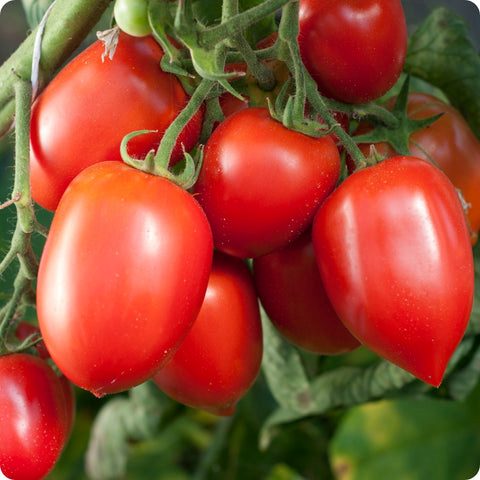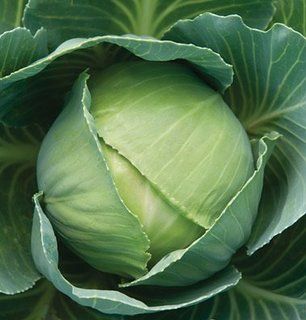Cabbage is a leafy green or purple biennial plant grown as an annual vegetable crop for its dense-leaved heads. It belongs to the Brassica genus, which also includes broccoli, cauliflower, and Brussels sprouts. Cabbages are a versatile vegetable used in various cuisines worldwide.
Here are some key points about cabbage:
- Varieties: There are different types of cabbages, including green cabbage, red cabbage, savoy cabbage (with crinkled leaves), and Napa cabbage (used commonly in Asian cuisine).
- Nutritional Value: Cabbage is low in calories and high in nutrients. It's an excellent source of vitamins C and K and contains fiber, manganese, vitamin B6, folate, and other essential nutrients.
- Health Benefits: Consuming cabbage may have several health benefits. It's known for its antioxidant properties, aiding digestion, promoting heart health, and potentially reducing the risk of certain cancers.
- Culinary Uses: Cabbage can be eaten raw in salads, fermented to make sauerkraut, cooked in soups, stews, stir-fries, or stuffed in dishes such as cabbage rolls. It's a versatile vegetable used in various cuisines around the world.
- Cabbage in Culture: Cabbage has cultural significance in some regions. For instance, in Ireland, cabbage is a traditional part of the dish colcannon, while sauerkraut made from fermented cabbage is a staple in some Eastern European countries.
- Growing Conditions: Cabbages thrive in cool weather. They prefer well-drained, fertile soil and full sun for optimum growth. They are commonly grown in gardens and are relatively easy to cultivate.
- Storage: Cabbages can be stored in the refrigerator for several weeks if kept in a plastic bag or wrapped in a damp paper towel to maintain freshness.
Cabbage is a versatile and nutritious vegetable that can be enjoyed in a variety of ways, providing both culinary delight and health benefits.


.jpeg)





